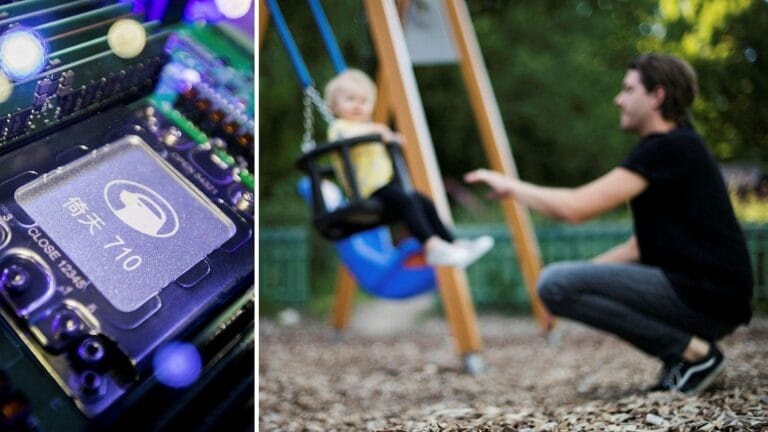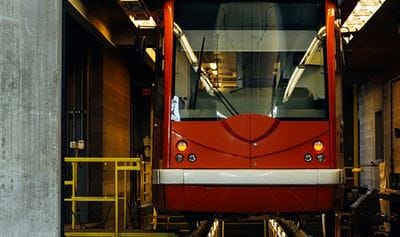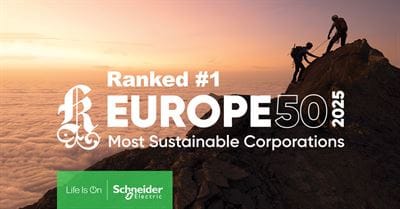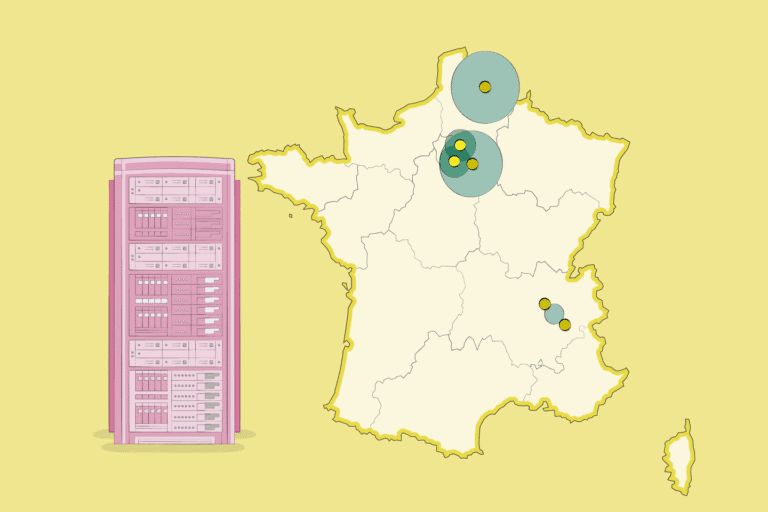Viking Line conceptualizes the world’s largest electric passenger-car ferry.
Viking Line Prepares for Emission-Free Traffic Between Helsinki and Tallinn
Viking Line is preparing to launch completely emission-free traffic between Helsinki and Tallinn. The company’s groundbreaking vessel concept demonstrates that a green maritime corridor across the Gulf of Finland could be realized as early as the beginning of the 2030s. The concept, named Helios, would be the world’s largest fully electric passenger-car ferry upon completion.
The Helios vessel concept, developed by Viking Line, presents what the world’s largest fully electric passenger-car ferry would look like. With a battery capacity of approximately 85–100 megawatt-hours (MWh), Helios could transport 2,000 passengers across the Gulf of Finland in just over two hours. The concept vessel is 195 meters long, 30 meters wide, and has a speed of approximately 23 knots. The freight capacity on board is approximately 2 km. Compared to the silhouette of traditional vessels, Helios is primarily distinguished by the absence of a chimney.
Helios is based on research collaboration between Viking Line and Raumo shipyard, as well as other partners. The concept is specifically designed for the Helsinki–Tallinn route, as the 80-kilometer (43 nautical mile) route is ideally suited for electric vessel traffic. The electric vessel is charged whenever it is in port, requiring a charging capacity of over 30 megawatt-hours.
Jan Hanses, Viking Line’s CEO, states: “Helios opens up views for a new era in maritime transport, just as the first sailing, steam, and motor vessels did in their time. The concept proves that large-scale emission-free shipping is no longer a utopia, but the world’s largest fully electric passenger-car ferries could be in operation as early as the beginning of the next decade. We are very committed to making the ambitious vision of Helios a reality.”
Over the years, Viking Line has paved the way for shipping with lower emissions by investing hundreds of millions in groundbreaking technologies. Viking Grace, delivered in 2013, was the world’s first passenger vessel to use both liquefied natural gas and biogas as fuel. In 2022, Viking Grace was joined by an even more climate-smart vessel, Viking Glory. Through these vessel investments, Viking Line’s passengers can now choose biofuel for an additional fee, thereby reducing travel emissions by 90 percent. In addition, the first freight customers have signed agreements for the use of biofuel.
Emission-free shipping in the Gulf of Finland is promoted by the FIN-EST Green Corridor project of the cities of Helsinki and Tallinn, whose founders and members also include the ports of Helsinki and Tallinn, the Estonian Ministry of Climate, as well as Viking Line, Rederi AB Eckerö, and Tallink Grupp.
Jan Hanses notes: “It is great that both cities and ports have committed to creating a green maritime corridor. Electric shipping is not only created by vessel investments, but also requires an efficient and reliable charging infrastructure in the ports. The new electric vessels’ home port would be Busholmen, where the Port of Helsinki has a development and expansion program underway for 2032. The progress of this project is extremely important for our own plans.”
Already, the majority of the Port of Helsinki’s passenger and freight traffic is directed to Estonia. According to the Port of Helsinki’s forecasts, passenger traffic between the West Harbor and Tallinn will increase from 5.5 million last year to 11.6 million passengers in 2040. Freight volumes are also expected to grow significantly.
Jan Hanses explains: “The Helsinki–Tallinn route performed particularly well last year, and we believe in continued growth – the connections between Finland and the Baltic countries have a large needs-based demand. EU emissions trading fees and tightening regulations are increasingly burdening maritime traffic based on fossil fuels each year, but emission-free technology would make it possible to increase capacity on the route. Our goal is to order two electric vessels for the route, which would double our current year-round capacity.”
The now-published vessel concept serves as a basis for further planning and for a request for tenders to shipyards. Viking Line has submitted a funding application to the EU Innovation Fund for the construction of a vessel this spring.
Concept Vessel Viking Helios
- Length: Approximately 195 m
- Width: Approximately 30 m
- Power Source: Electricity (100 %)
- Battery Capacity: 85–100 MWh (charging power requirement >30MWh)
- Speed: Approximately 23 knots
- Passenger Capacity: Approximately 2,000
- Passenger Cars: Approximately 650
- Freight Capacity: Approximately 2,000 lane meters
Further Information:
Johanna Boijer-Svahnström, Communications Director, johanna.boijer@vikingline.com, phone: +(358)18-27000
Enjoyed this post by Thibault Helle? Subscribe for more insights and updates straight from the source.







